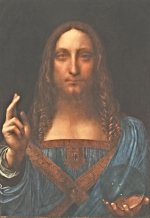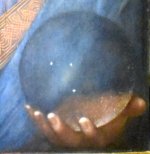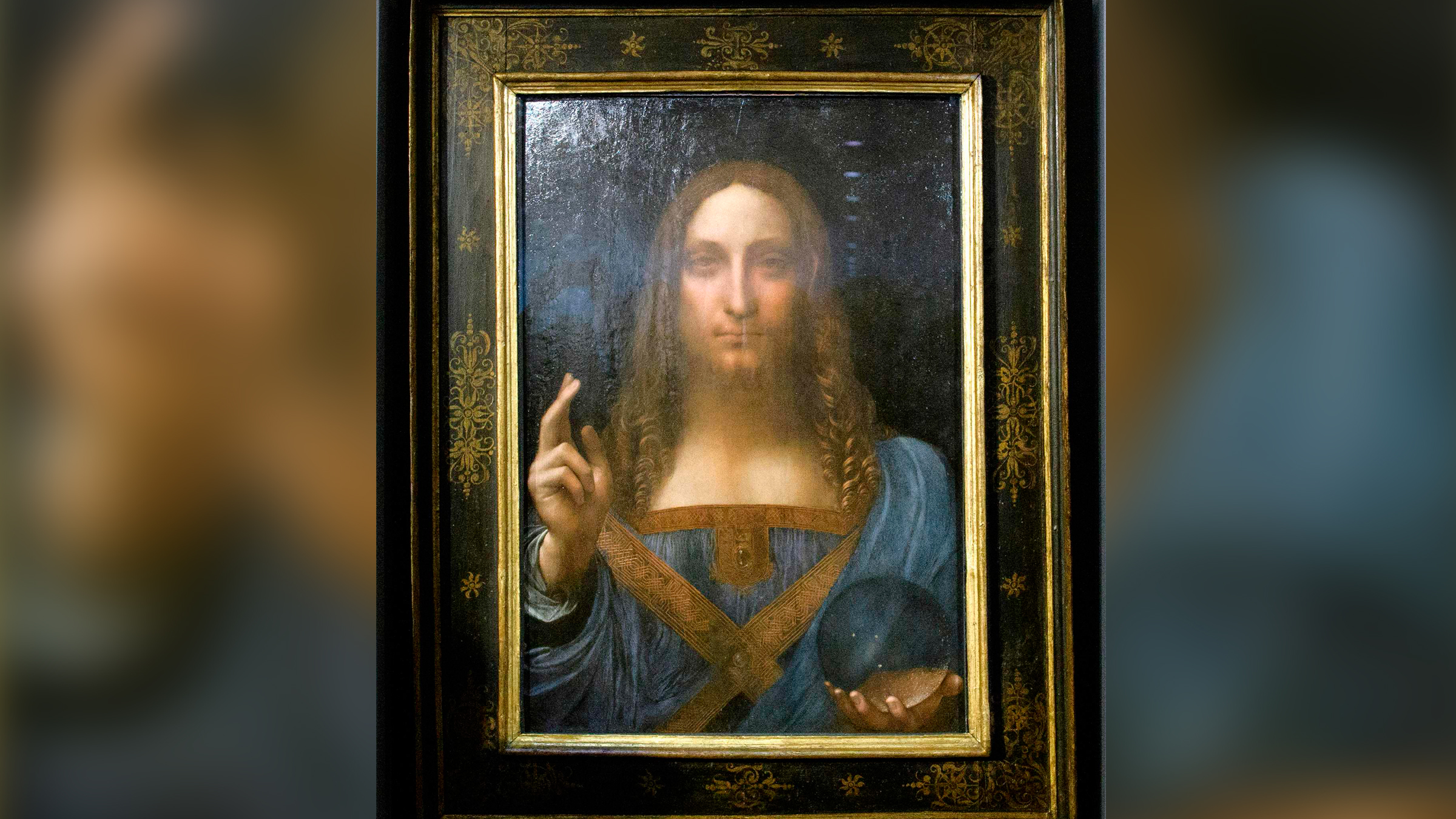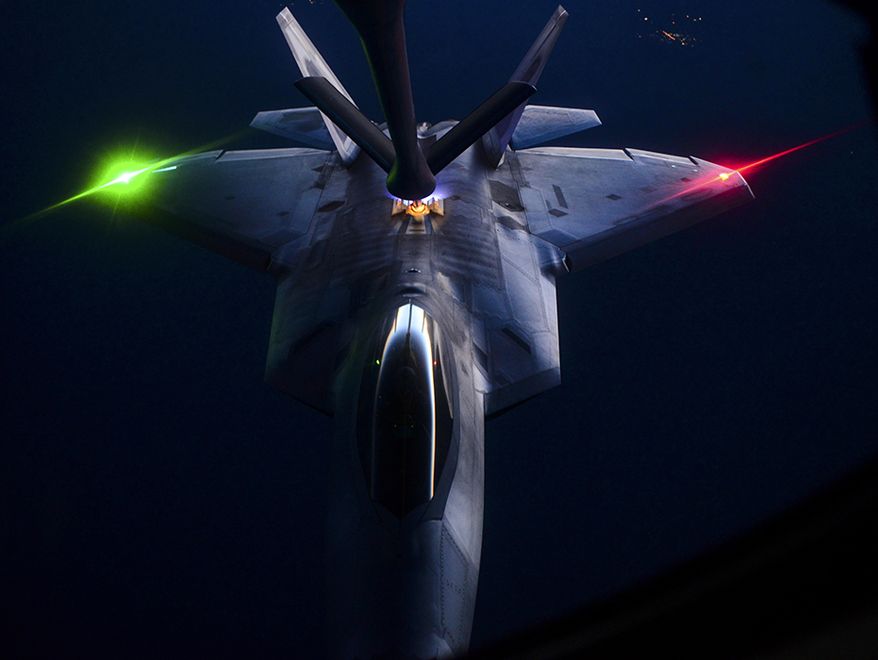Leonardo da Vinci's 'Salvator Mundi' painting - orb mystery
- by Stephanie Pappas - Jan 13, 2020
An orb that seems to defy physics may have been a realistic portrayal ...
Leonardo da Vinci's Christ as 'Salvator Mundi' painting

Leonardo da Vinci's Christ as 'Salvator Mundi' painting, with mystery orb (Globe)
 Leonardo da Vinci
Leonardo da Vinci painting "Salvator Mundi" looks straightforward at first glance: a depiction of
Jesus Christ in Renaissance-era clothing, raising one hand in blessing and holding a clear orb in the other.
But that orb defies the laws of optics, creating a controversy over just what da Vinci was using as his inspiration. Now, a new study argues that the orb may be a realistic depiction of a hollow glass ball.
The work has not yet been published in a peer-reviewed journal, but a preprint of the findings is posted on the preprint site arXiv. University of California, Irvine, researchers used a computer-rendering technique to show that the appearance of the orb would have been physically possible in the real world, if the orb were made of thin blown glass.
But the paper is unlikely to settle the long-running debate over da Vinci’s intentions.
"The paper of the sphere is just one of many examples of scientists making ill-judged interventions in Leonardo studies based on ignorance of the sources," da Vinci scholar Martin Kemp, an emeritus professor of the history of art at the University of Oxford's Trinity College, wrote in an email to Live Science.
Embedded within the painting is a persistent mystery. The orb held by Christ contains a few painted sparkles that look like inclusions within a solid sphere or crystal. But a solid orb would magnify and invert the image of anything behind it due to the refraction of light, and the orb in the painting doesn't do that. Christ's robes appear undistorted behind the glass. Da Vinci was an avid student of optics and likely wouldn't have made that mistake carelessly. Art historians have been arguing for decades about what the orb was made of and whether Da Vinci deliberately painted it inaccurately. The new paper brings a method called physically based rendering to the question. UC Irvine computer scientist professors Michael Goodrich, Shuang Zhao and doctoral student Marco (Zhanhang) Liang used this method to simulate light in the scene that is depicted in the painting.
...read more (and comments) on livescience.com:
An orb that seems to defy physics may have been a realistic portrayal

www.livescience.com
leo globe enh 200x200.jpg















